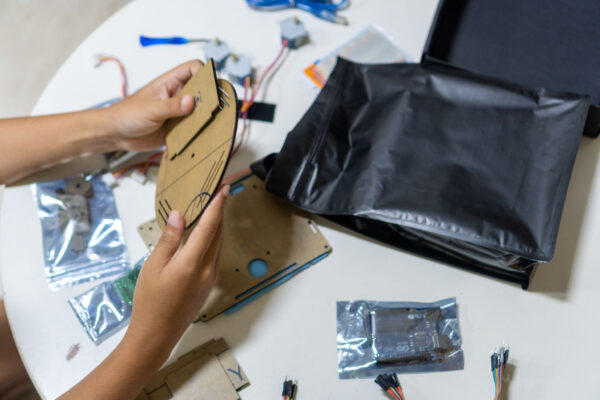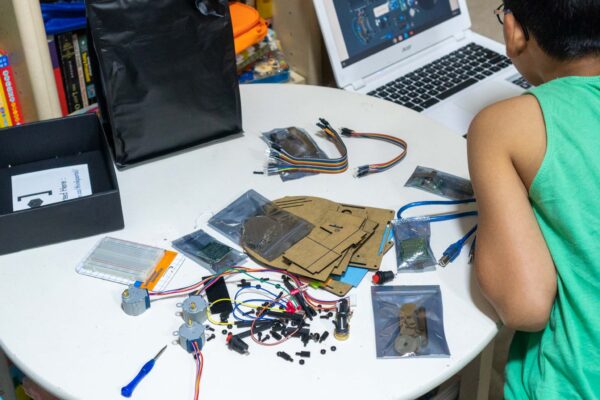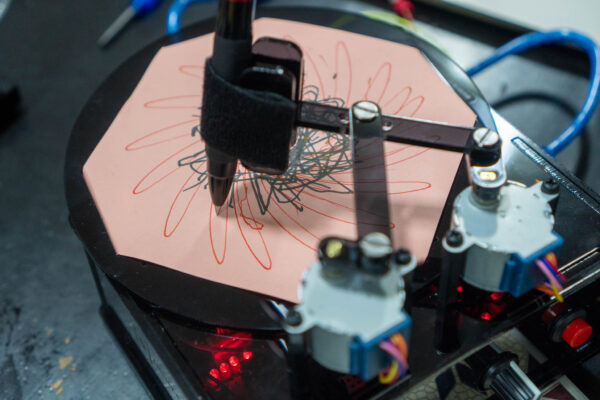
Nullspace Robotics recently reached out to me about their recently launched education product, ThinkCrate, a series of Arduino project kits for children and adult learners to have a dab in basic electronics and programming. My elder son chose a spirograph project, and we got started with it on a Saturday morning.
ThinkCrate projects are varied, ranging from decorative items to interactive games. They involve the use of an Arduino microcontroller, which is not quite a computer, but nevertheless something that is simple to work with and integrate with a hardware project.

Each ThinkCrate is shipped with all the hardware, including electronic parts and other accessories, packed nicely into a box. Complete instructions, including step-by-step videos, PDFs, and downloadable program code, are provided on the ThinkCrate portal. Even beginners should be able to follow the guides to assemble the project and enjoy their completed work.
The ThinkCrate projects aren’t just for children. Adult learners can also find these projects to be a great way to embark on their electronics and programming learning journey. Better yet, learn together with the kids, and have fun together as a family.
Simply assembling the project can be fun enough for some people. For those who yearn to get a better understanding of how their projects work, ThinkCrate provides additional content to explain the hardware and software.

My son was perhaps a little ambitious selecting the spirograph project, because it’s labelled as a tier 3 project, the highest of three levels of difficulty. He had little experience, the Micro Bit being his first and only electronics project. That project did also involve a CruiseBit, but there wasn’t much electronics that he needed to know.
Luckily I’m no stranger to electronics and the Arduino. However, what I thought would be a simple two or three hour Saturday morning project, ended up taking most of the morning and night (we had other activities in the afternoon).
The difficulty we faced, however, isn’t so much about the complexity or difficulty in following the instructions. ThinkCrate’s videos were excellent, showing at every step what needed to be done. The problem was more about our impatience in getting to the end, frequently missing steps in-between.
Quite hilariously, I decided to “cheat” and took out my multimeter to assist in my troubleshooting. As luck would have it, my multimeter turned out to be dead (it hasn’t been used in ages), so I had no choice but to go through all the steps again to verify all the connections were correct.
For this tier 3 project, it was unlikely that my son could have figured out the complete assembly on his own. If you are just starting out, don’t be too ambitious.

The fun doesn’t end when the project is completed. You can program the Arduino to do anything you fancy. You have a bunch of electronics and other parts with which you can use to do other things. That’s the bigger fun of such maker projects. If you’re interested, check out the projects available at ThinkCrate’s shop.
Ps: I will have a review of the ThinkCrate spirograph with more details in another upcoming post.
View Comment Policy